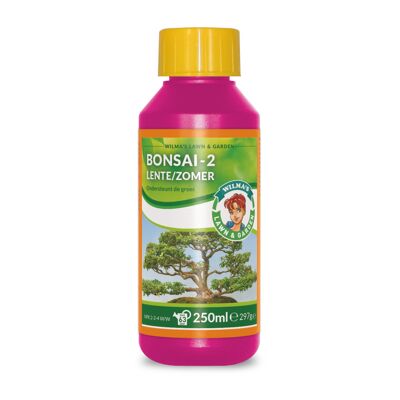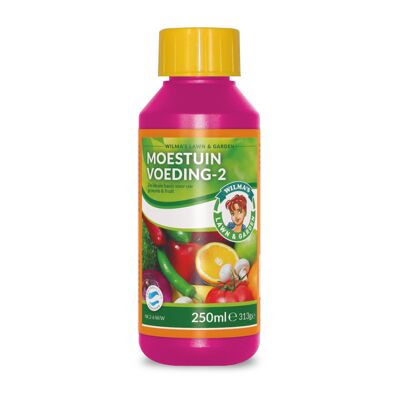


At the onset of autumn, around September, the growth of the bonsai in the open air should be inhibited so that the tree can devote its energy to forming reserves to get through the winter (hardening off). Wilma's Tuin has developed the Bonsai 1 autumn/winter food for this phase. Japan Often the “Bon-sai” is considered to be something quintessentially Japanese. But that's a widespread misunderstanding; the Chinese were the first to start growing miniature trees in pots. This special way of breeding (pun-tsai) was only reserved for the rich elite in China at the time. The striking, old and realistic looking mini trees were beloved art objects that were given as luxury business gifts. During the rise of the Kamakura era, many ancient customs came from China, including the art of growing miniature trees, to Japan. Many of the well-known cultivation techniques for bonsai have therefore not been developed in China, but in Japan. The Japanese refined the cultivation of bonsai more and more and developed themselves as true grand masters in the field of bonsai art. Phosphate and Potassium As autumn approaches, the bonsai needs less and less nitrogen and a different composition of fertilizers is desired. The Bonsai 1 autumn/winter food contains essential nutritional elements and a rich mix of trace elements that provide extra reserves for the coming winter period. But phosphate and potassium are also important ingredients of this autumn food. Phosphate contributes to strong roots and also ensures sufficient production of new hair roots, so that the root system of the plant is more resistant to diseases and lower temperatures. Potassium not only provides extra resistance, but also keeps the root system strong and healthy and thus reduces the chance of a common form of root rot in the bonsai. As a result, the bonsai will face the winter strong and healthy! Preparing for the New Year As the end of the winter period approaches, we need to prepare the bonsai trees for spring. In early spring, a fertilizer that is rich in nitrogen should now be chosen, so that the growth of the bonsai is stimulated. For this, Wilma's Tuin has developed Bonsai 2 for the spring and summer period. Application For optimal results use in combination with Bonsai 2 (spring/summer) food. Bonsai 1 (autumn/winter) can be used once a week during the entire growth period as a supplement to the tap water when watering the bonsai. After using Bonsai 1 (autumn/winter) you can switch to Bonsai 2 (spring/summer) food.





























